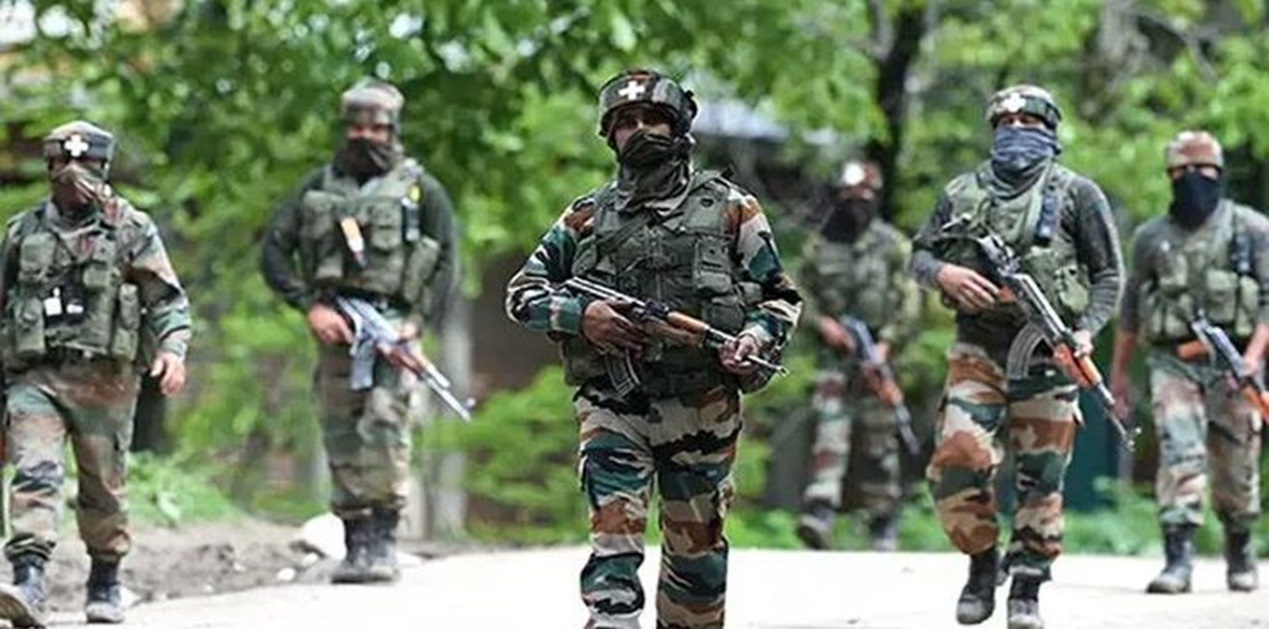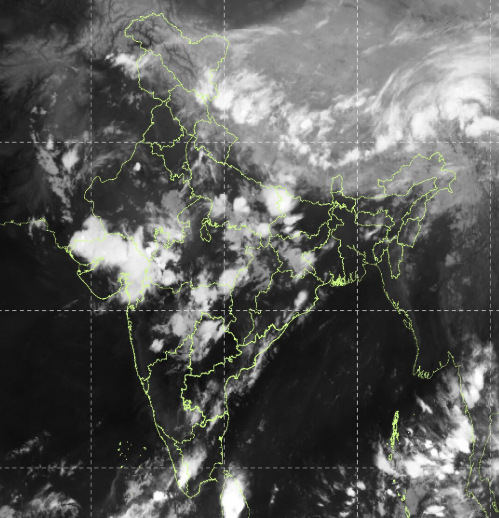
On May 11, 2025, India and Pakistan agreed to an immediate ceasefire, halting the most intense military confrontation between the two nuclear-armed neighbors in decades. The truce followed a week of escalating hostilities, including missile strikes, drone incursions, and air engagements, which brought the region to the brink of full-scale war.
The immediate catalyst for the conflict was a terrorist attack on April 22 in Baisaran Valley near Pahalgam, Indian-administered Kashmir, resulting in the deaths of 26 Hindu tourists. The Resistance Front (TRF), believed to be an offshoot of the Pakistan-based Lashkar-e-Taiba, claimed responsibility. India responded with “Operation Sindoor” on May 7, launching 14 missile strikes targeting alleged terrorist infrastructure in Pakistan’s Punjab province and Pakistan-administered Kashmir. The Indian government described the strikes as “focused, measured, and non-escalatory,” aiming to dismantle militant networks without targeting Pakistani military facilities.
In retaliation, Pakistan conducted drone and missile strikes across several Indian cities, including Amritsar. India’s S-400 missile defense system intercepted these attacks, marking its first combat use. Subsequent air engagements involved over 125 fighter jets from both sides. While Pakistan claimed to have downed Indian aircraft, India has denied any such losses. WSJ+2Wikipedia+2Wikipedia+2
The ceasefire was reportedly brokered through direct military-to-military communication between Indian and Pakistani commanders. However, the United States also played a role, with Secretary of State Marco Rubio and Vice President JD Vance engaging in diplomatic efforts to de-escalate tensions. Former President Donald Trump claimed that U.S. mediation was pivotal in achieving the truce.
Despite the ceasefire, underlying geopolitical tensions persist. India’s suspension of the Indus Waters Treaty on April 23, following the Pahalgam attack, has exacerbated concerns. The treaty, in effect since 1960, governs water-sharing between the two countries. India’s actions, including reducing the flow of water through the Chenab River and initiating new hydroelectric projects, have led to a 90% drop in water supply to Pakistan, prompting Islamabad to warn that any disruption could be considered an act of war.
The economic ramifications are significant. Pakistan’s economy, already strained by inflation and debt, faces further instability due to disrupted trade and potential water shortages. India’s booming tech industry could also be affected, as regional instability may deter foreign investment and disrupt supply chains.
While the ceasefire offers temporary respite, the path to lasting peace remains uncertain. The Kashmir dispute, cross-border terrorism, and water-sharing conflicts continue to fuel animosity. Without sustained diplomatic engagement and confidence-building measures, the risk of renewed hostilities looms large.
For residents along the Line of Control, the ceasefire brings cautious optimism. However, as history has shown, without addressing the root causes of conflict, such truces are often short-lived. The international community’s role in facilitating dialogue and ensuring compliance with agreements will be crucial in preventing future escalations.
Note: Image is for illustrative purposes only.
For more in-depth analysis and updates on geopolitical developments, stay tuned to ZodiacLog.






The recent ceasefire between India and Pakistan is a significant step towards peace in the region. It’s crucial for both nations to prioritize dialogue over conflict to avoid further escalation. The Pahalgam attack highlights the ongoing challenges in maintaining stability. How can the international community support sustainable peace efforts between these two countries? Given the growing economic instability due to the events in the Middle East, many businesses are looking for guaranteed fast and secure payment solutions. Recently, I came across LiberSave (LS) — they promise instant bank transfers with no chargebacks or card verification. It says integration takes 5 minutes and is already being tested in Israel and the UAE. Has anyone actually checked how this works in crisis conditions?